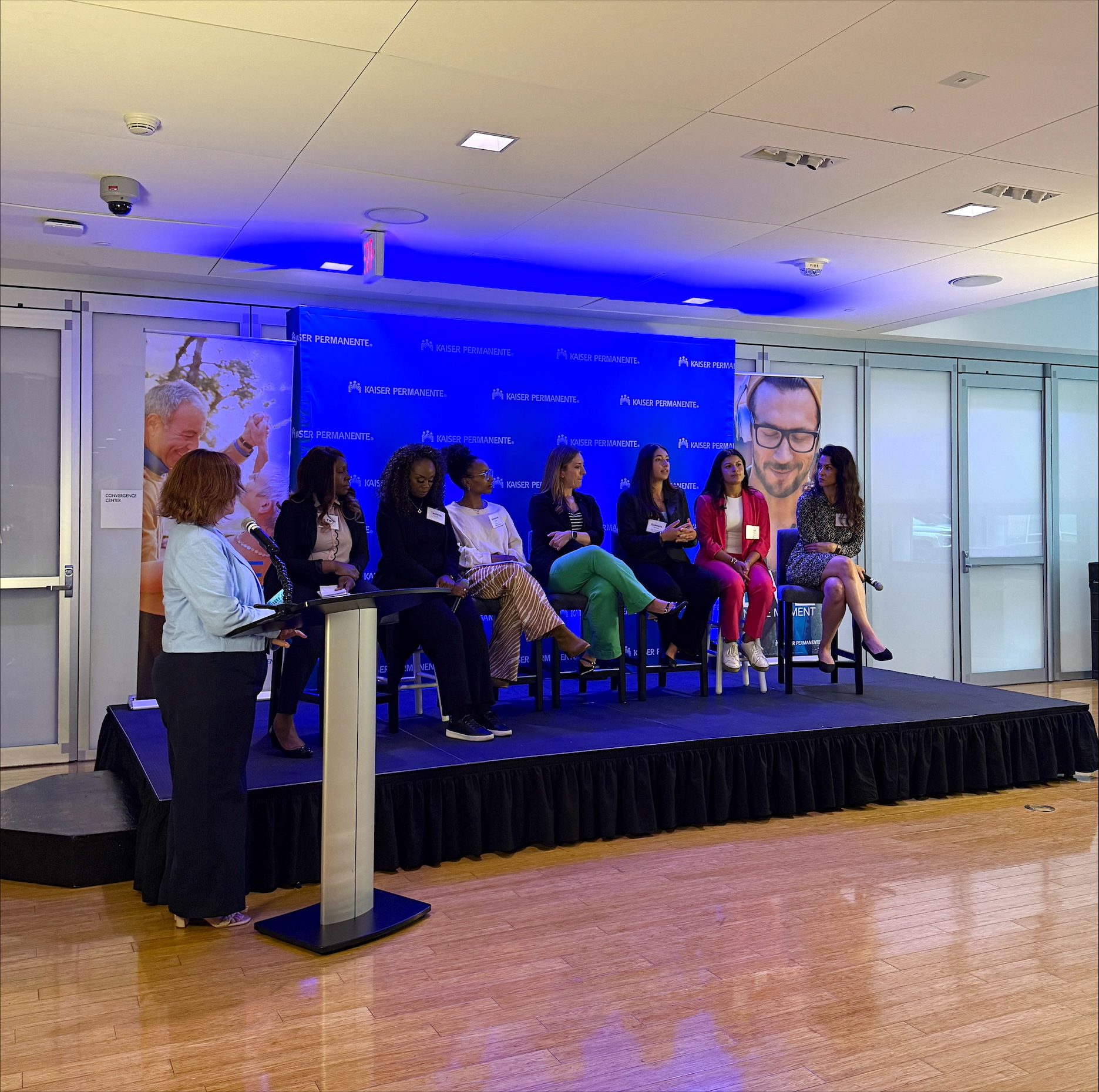The following success story about the Smarter Lunchroom Movement taking shape in Roseville, Calif. was written by Mackenzie Gomes, 2014 summer intern at the Dairy Council of California.
One of the challenges school lunchrooms face is not only providing healthy food choices, but also encouraging their students to choose to eat those foods. One elementary school in Roseville, CA tackled this challenge with a simple, yet strategic approach – with a touch of color and whimsy, too! Roseville City School District food service director, Rene Yamashiro, and child nutrition specialist, Natasha Baron, turned to the Smarter Lunchroom Movement to learn how to nudge students toward making better choices at Spanger Elementary School.

Based out of the Cornell Center for Behavioral Economics in Child Nutrition Programs, a Smarter Lunchroom is one that is designed to help kids choose more nutritious foods, giving them the opportunity to start healthy habits at a young age. The Smarter Lunchroom Movement focuses on small changes that have a big impact and create savvy lunchrooms and healthier students.
To get started creating a Smarter Lunchroom, Yamashiro reached out to Shannan Young, a Dairy Council of California SLM technical advising professional, and together they conducted an evaluation of the existing lunchroom using a simple assessment tool — the Smarter Lunchroom ScoreCard. Armed with clear direction from her assessment and clever ideas from the Smarter Lunchrooms Movement technical advisor, Yamashiro and Baron got to work.
First, to increase the appeal of fruits and vegetables offered, orange slices were cut into wedges and more colorful fruits and veggies were added to the menu. Appropriate utensils were provided to make it easier for young students to take these items from the salad bar. Signs added to the salad bar served as important reminders to students: “Don’t Forget: Take at least 1 fruit or veggie and at least 3 items total so your meal counts as a complete lunch!”

Milk consumption had decreased simply due to the location of the milk crates. The crates were too high for the students to see into and left the milk out at room temperature so that it was warm once the students sat down to enjoy their lunch. To resolve this issue, the milk crates were moved to the start of the lunch line for students to grab a cold beverage. The white-to-flavored-milk ratio was increased and white milk was placed in front at an easy-to-reach location while flavored milk was more out of reach to encourage the consumption of white milk.
Other small changes included training the lunchroom staff and parent volunteers to verbally prompt students to make healthy choices. Staff also improved the school meal environment in all meal service and eating locations by removing clutter and cleaning supplies. Spanger Elementary Principal, Josh Joseph acknowledged, “The school foodservice staff are making it an eating experience for the students.”
Following the changes that Yamashiro and her staff made over the summer, their Smarter Lunchroom ScoreCard score improved by over 130%!
Ferris Spanger Elementary School not only added color to their plates, but also their lunchroom walls to encourage healthy eating choices.

The school had a local artist paint a colorful scene representing all five food groups and their journey from farm to fork, which now spans an entire wall of the cafeteria. When the mural was completed, Principal Joseph praised, “We love the feel of the new mural. It warms the room so much.” Observations on the first day of school provided many conversations among students at the lunchroom tables. Fifth grade student, Jalysa beamed, “I like it because it reminds you to eat healthy foods by showing milk, cheese, eggs, meat, fruits and veggies.”
Yamashiro reflected on the changes made thus far. “Healthy habit choices are encouraged through these small, simple changes. The kids are now choosing healthy foods themselves because they are always offered and they look good.”

Encouraged by their success, Principal Joseph noted that Spanger Elementary is continuing to make healthy changes. “The students, staff and I are excited for this change and more to come. It’s a positive direction for our lunchroom.”




